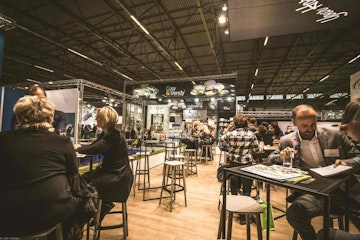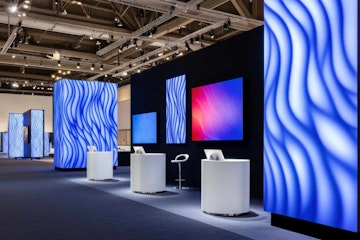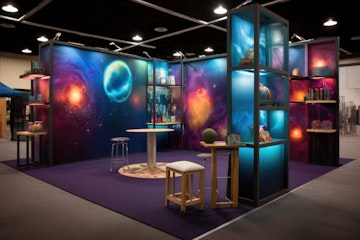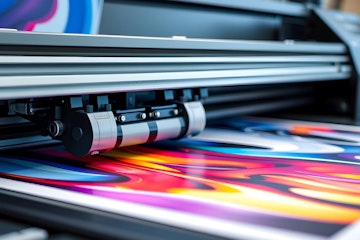Trade shows have a certain energy about them - bright lights, busy crowds, conversations flying in every direction. It’s easy to get swept up in it all. But behind the excitement, there’s one thing exhibitors often forget until it’s too late: security. The truth is, trade show theft and damage happen more often than people like to admit. Expensive tech, personal belongings, and even product samples can vanish in seconds if you’re not paying attention. So, before your next event, here are ten practical (and very real-world) ways to keep your exhibit, your team, and your equipment safe.
1. Know the Venue and Its Security Procedures
Every event space has its own rules, layouts, and blind spots. Before you set up, take time to understand how the venue handles security - especially after hours. Ask where security cameras are positioned, whether guards patrol overnight, and if the organisers provide lockable storage areas. Knowing the ground rules helps you spot weak points before anyone else does. Treat it as part of your pre-show prep, right up there with testing your banners and charging your devices.
2. Design Your Stand for Visibility, Not Vulnerability
Your stand design shouldn’t just look good - it should work smart. Avoid layouts that create hidden corners or easy grab-and-go zones. Keep high-value items like tablets, demo units, and stock within sight lines. If you’ve got display shelves or counters, position them so your team can see everything at a glance. And if you’re bringing portable marketing stands for events, anchor them securely so they don’t “walk off” during busy hours.
3. Lock It, Don’t Leave It
Sounds obvious, right? But you’d be amazed how many exhibitors leave bags, laptops, or till floats under tables “just for a minute.” Use lockable cabinets or pelican cases for valuables, and bring a couple of sturdy padlocks for good measure. If you’re staying overnight at a multi-day show, ask whether the venue offers secure overnight storage. Even the smallest items - power banks, tablets, memory sticks - can cause chaos if they go missing.
4. Train Your Team to Stay Alert
Security isn’t just about hardware - it’s about people. Make sure every member of your team knows what’s valuable, where it’s stored, and who’s authorised to access it. Have a quick briefing before the show opens and set clear responsibilities: who watches the stand during breaks, who closes down at night, who handles visitor data. When everyone’s on the same page, mistakes (and thefts) are far less likely.
5. Manage Your Data Like It’s Gold
Your tech isn’t the only thing worth stealing. Laptops and tablets packed with customer information can be just as valuable to thieves. Keep devices password-protected, use secure Wi-Fi connections, and back up everything before the event starts. Avoid leaving USB drives or paperwork lying around - if you collect visitor data, store it safely and shred any physical copies once you’re done. Cyber security might not sound glamorous, but it’s part of the job now.
6. Label Everything - Seriously, Everything
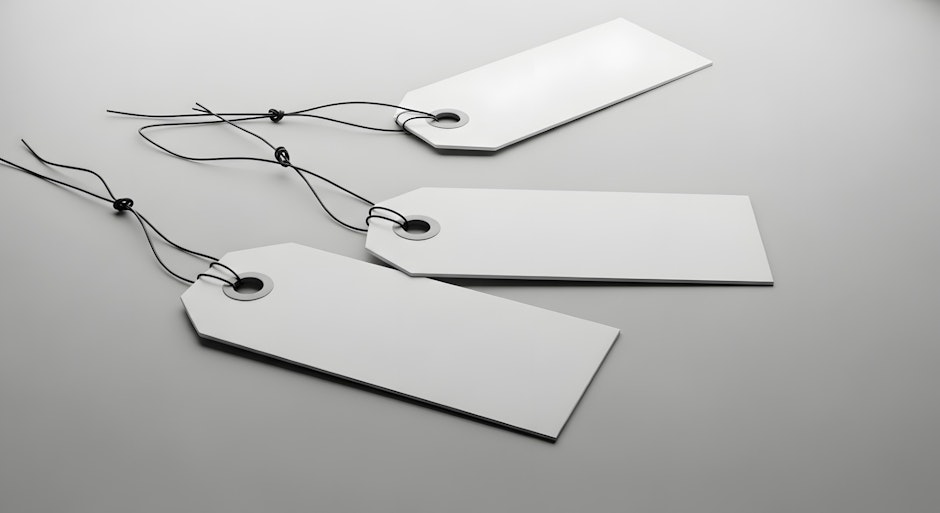
You’d be surprised how often exhibitors leave gear behind after pack-down simply because it looks like everyone else’s. Label your boxes, cables, and cases clearly with your company name and contact details. Use coloured tape or unique markers on items like lighting rigs and extension leads so they’re easy to spot in the post-show chaos. It’s not just about theft prevention - it saves time when you’re trying to find your stuff at 10pm in a sea of identical black cases.
7. Watch Out for “Friendly Borrowers”
Trade shows are social by nature, and it’s easy to fall into a rhythm of swapping tools or lending chargers to fellow exhibitors. There’s nothing wrong with being helpful, but keep track of what leaves your stand. A screwdriver or HDMI cable might not seem worth chasing, but it adds up - and missing kit is the last thing you want to discover mid-show. Polite boundaries are perfectly professional.
8. Don’t Rely on Event Security Alone
Most organisers do their best to provide basic security, but their focus is crowd control, not your individual stand. If you’ve got particularly valuable items - prototypes, display screens, or branded tech - consider hiring a private guard for overnight protection. Even a short shift at closing time can deter opportunists. Some exhibitors go one step further with discreet motion sensors or portable cameras that connect to their phones. It’s not overkill - it’s insurance.
9. Be Strategic About What You Bring
The less you bring, the less you have to lose. Sounds simple, but it’s a good rule of thumb. Avoid transporting unnecessary kit or excess stock that doesn’t directly support your objectives. A lighter load means faster set-up, easier management, and fewer security headaches. For a practical checklist of what’s worth packing (and what isn’t), take a look at our guide to essential items to bring.
10. Stay Present, Even When You’re Busy
Most thefts happen in plain sight - when exhibitors are distracted talking to visitors or scrolling on their phones. Stay alert and keep at least one person at the booth at all times, even during lunch breaks or quiet spells. Create a simple rotation system so no one’s stuck watching the stand all day. And remember: visibility is your biggest deterrent. A busy, engaged team is the best security system money can’t buy.
Bonus Tip: Don’t Let Pack-Down Chaos Undo Your Hard Work
The end of a trade show can feel like a race to the car park, but rushing pack-down is when things go missing most often. Take your time, double-check your inventory list, and pack valuables first. Photograph your stand before you leave so you’ve got a record in case anything’s misplaced or damaged.
Final Thoughts
Security might not be the glamorous side of trade shows, but it’s one of the smartest investments you can make. From simple cable locks to structured staff routines, the goal is peace of mind - knowing your brand’s hard work isn’t going to walk off halfway through the event. Keep it practical, keep it visible, and keep it consistent. The less time you spend worrying about safety, the more time you’ll have to do what you came for: connecting, networking, and showing off your best work.


